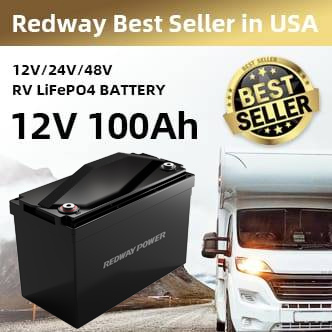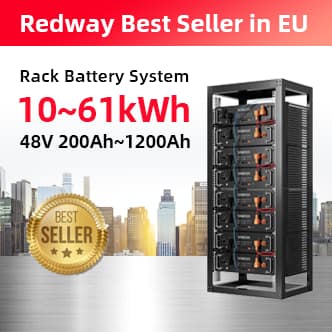Short Answer: Lead acid forklift batteries are rechargeable power sources using sulfuric acid and lead plates. They offer high durability, lower upfront costs, and reliable performance in demanding environments. Proper maintenance, including regular watering and charging practices, extends their lifespan to 3–5 years. They remain a cost-effective choice despite competition from lithium-ion alternatives.
How Do Lead Acid Forklift Batteries Function?
Lead acid batteries generate power through a chemical reaction between lead dioxide (positive plates), sponge lead (negative plates), and sulfuric acid electrolyte. During discharge, sulfate ions bond with plates, releasing energy. Charging reverses this process, restoring the plates and electrolyte. This cycle supports consistent voltage output, making them ideal for heavy-duty forklift operations.
What Are the Advantages of Using Lead Acid Batteries in Forklifts?
- Cost-Effective: 30–50% cheaper upfront than lithium-ion.
- High Energy Density: Delivers sustained power for 8-hour shifts.
- Recyclability: 99% of materials are reclaimable.
- Temperature Resistance: Performs reliably in extreme conditions (-20°C to 50°C).
The cost advantage of lead acid batteries makes them particularly appealing for small-to-medium warehouses operating on tight budgets. Their ability to handle temperature extremes ensures reliable performance in unheated storage facilities or outdoor yards where lithium-ion batteries might require climate-controlled environments. The mature recycling infrastructure also simplifies end-of-life management—most suppliers offer core exchange programs, reducing disposal hassles. For operations running multiple shifts, the ability to hot-swap batteries without complex battery management systems provides operational flexibility that newer technologies often lack.
What Maintenance Practices Extend Battery Life?
- Water plates every 5–10 charging cycles with distilled water.
- Clean terminals monthly to prevent corrosion.
- Avoid over-discharging below 20% capacity.
- Equalize charges monthly to balance cell voltages.
Effective watering practices require checking electrolyte levels when batteries are fully charged, as fluid expands during charging. Use a refractometer monthly to test specific gravity (ideal range: 1.275–1.285) and identify weak cells early. For terminals, apply anti-corrosion spray after cleaning with a baking soda solution. Modern watering systems like HydroLink automate fluid maintenance, reducing labor costs by 60% in large fleets. Consider implementing a maintenance log to track:
| Task | Frequency | Tool Required |
|---|---|---|
| Water refill | Weekly | Distilled water jug |
| Terminal cleaning | Monthly | Wire brush + baking soda |
| Equalization | Every 30 cycles | Industrial charger |
How Should You Properly Charge a Lead Acid Forklift Battery?
Charge batteries after each use to prevent sulfation. Use temperature-compensated chargers to adjust voltage based on ambient conditions. Allow a 12-hour cooling period post-charging before reuse. Never interrupt charging cycles prematurely, as partial charges reduce capacity over time.
How Do Lead Acid Batteries Compare to Lithium-ion Alternatives?
| Factor | Lead Acid | Lithium-ion |
| Upfront Cost | $2,000–$5,000 | $6,000–$12,000 |
| Lifespan | 3–5 years | 8–10 years |
| Charging Time | 8–10 hours | 2–3 hours |
| Weight | Heavier (stability) | Lighter (flexibility) |
“Lead acid batteries remain the backbone of material handling industries due to their predictable performance and mature supply chains. While lithium-ion gains traction, 70% of forklifts still use lead acid—a testament to their adaptability in diverse operational climates.” — Redway Power Solutions Engineer
FAQ
- Q: Can lead acid batteries explode?
- A: Rarely. Risks exist only with improper charging (hydrogen buildup) or physical damage to cells.
- Q: How often should electrolyte levels be checked?
- A: Every 5 charging cycles, or weekly under heavy use.
- Q: Are lead acid batteries compliant with OSHA standards?
- A: Yes, when maintained per guidelines for ventilation and corrosion control.



